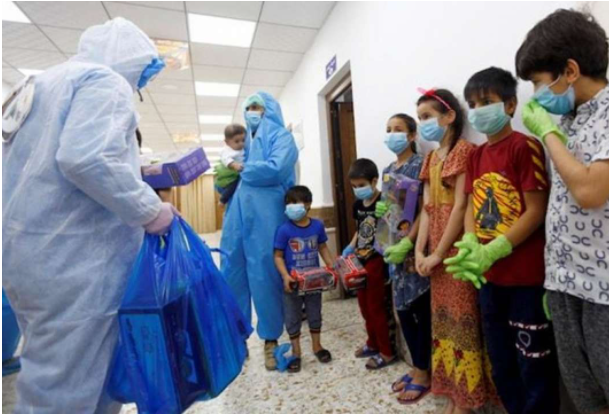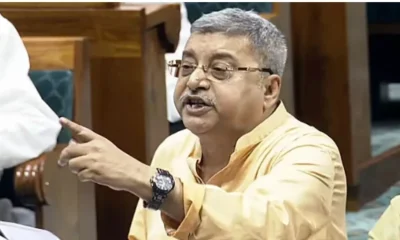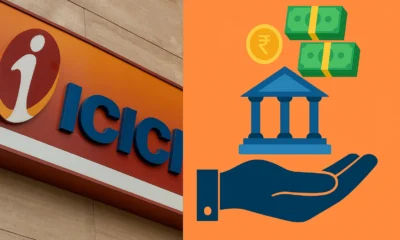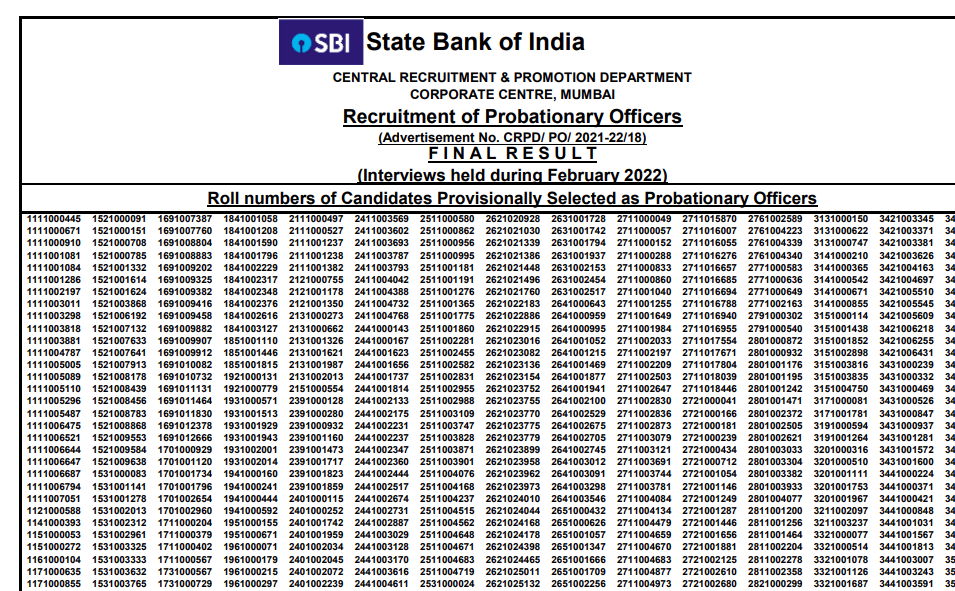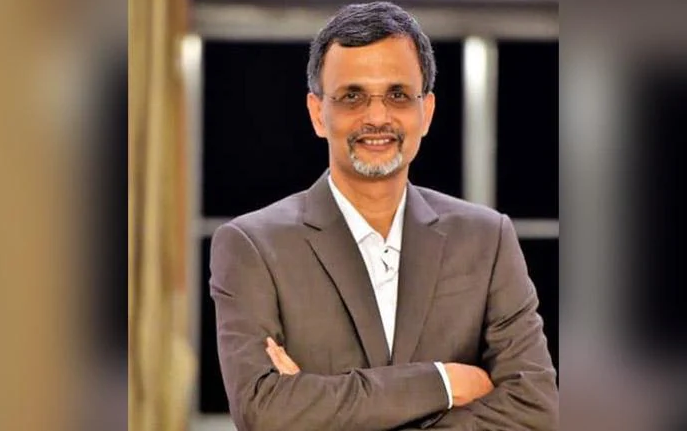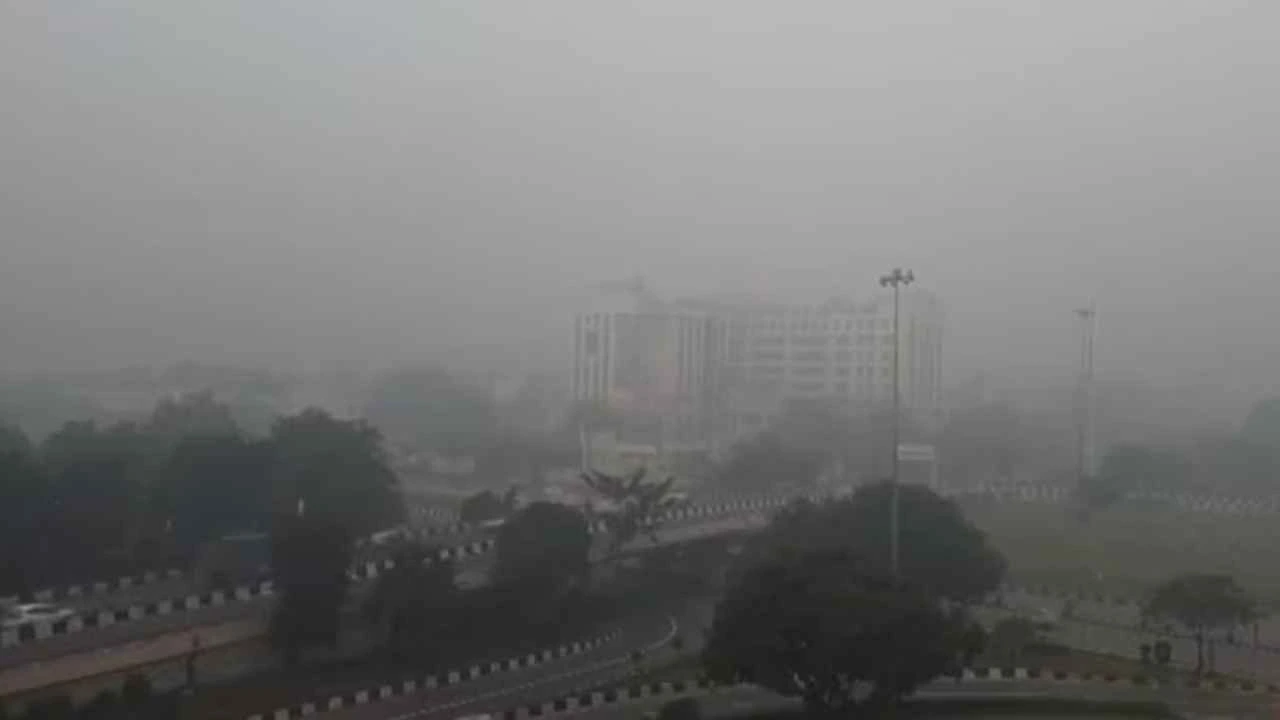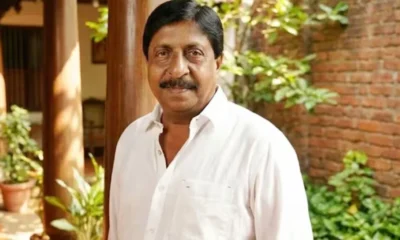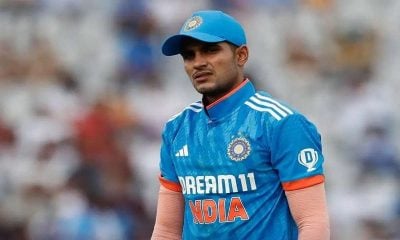A research document of State Bank of India said that the impact of any possible Covid third wave could be significantly minimised by improving the healthcare infrastructure and increasing vaccinations. Citing international experience, the report suggested that the intensity of the Covid third wave has been as severe as the second wave.
India’s largest public sector bank, SBI, in its latest Ecowrap report that details the economy’s performance amid the pandemic called for priority vaccination of children and teens in the 12-18 age group, who could be the next vulnerable group. The report suggested that India, with around 15-17 crore children in the 12-18 age bracket, should go for an advanced procurement strategy like that adopted by developed nations to inoculate this age-group.
In its five-page-long report, SBI said that the average duration of the third wave of the pandemic in the worst-hit countries is 98 days as against 108 days during the second wave.
While the daily new Covid cases have been on a decline for the past few weeks, experts have warned about a possible third wave, given that only around 3.2% of the Indian population has been fully vaccinated.
The report said that average duration of Covid third wave for top countries is 98 days and that of second wave is 108 days, with third wave peak as a multiple of second at 1.8 and second wave as a multiple of first at 5.2 (for India it was at 4.2).
The report also observed the better preparedness will lead to less number of deaths as if serious cases decline from 20% to 5% (due to better health infrastructure and rigorous vaccination) in third wave, then the fatalities could significantly reduce to 40,000 as compared to current deaths of more that 1.7 lakh.
SBI also made a downward revision of GDP projection for fiscal 2022 to 7.9% from 10.4% with a hope to vaccinate one crore people per day beginning mid-July as per government projections.
The key sectors on which overall consumption growth depends and whose recovery is essential are trade, hotels, transport, communications and services related to broadcasting, which supports roughly 25 crore households, SBI said.
The Covid second wave has severely affected India’s healthcare infrastructure. There has been a shortage of medical supplies and equipment such as medical oxygen, medicines and beds, leading to a high number of fatalities.
Social media was filled with desperate pleas of doctors, hospitals and citizens, looking for oxygen and beds. The daily number of cases had even crossed the 4-lakh mark a few times in May. Deaths were reported in thousands but several reports have alleged that the fatalities were underreported.
Since the pandemic broke out in the country in January last year, India has recorded 2,83,07,832 infections and 3,35,102 deaths.
Read Also: Serum Institute may manufacture Russian Covid vaccine Sputnik V in India
So far, India has administered 21,67,92,843 vaccines doses with 4,39,07,077 getting both the shots. This means that only about 3.1% of India’s population has been fully vaccinated since the immunisation programme began on January 16. However, the Centre has assured that all citizens will be fully vaccinated by December.
